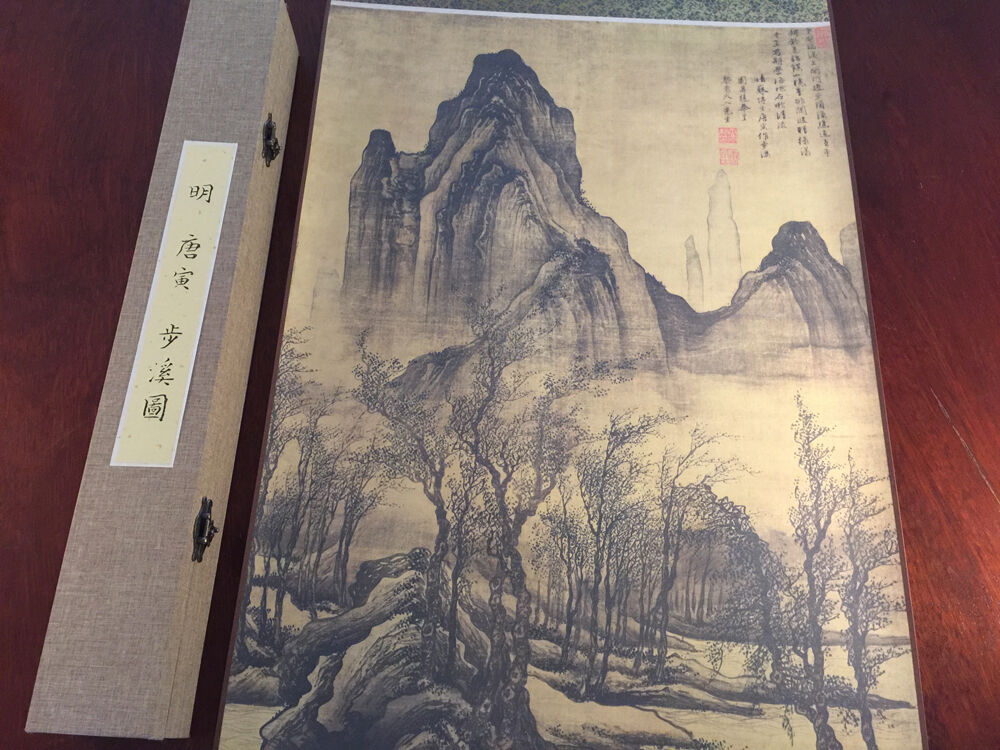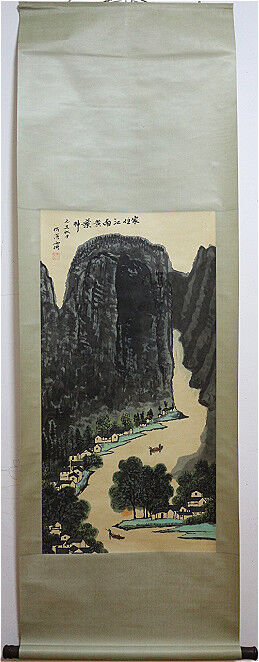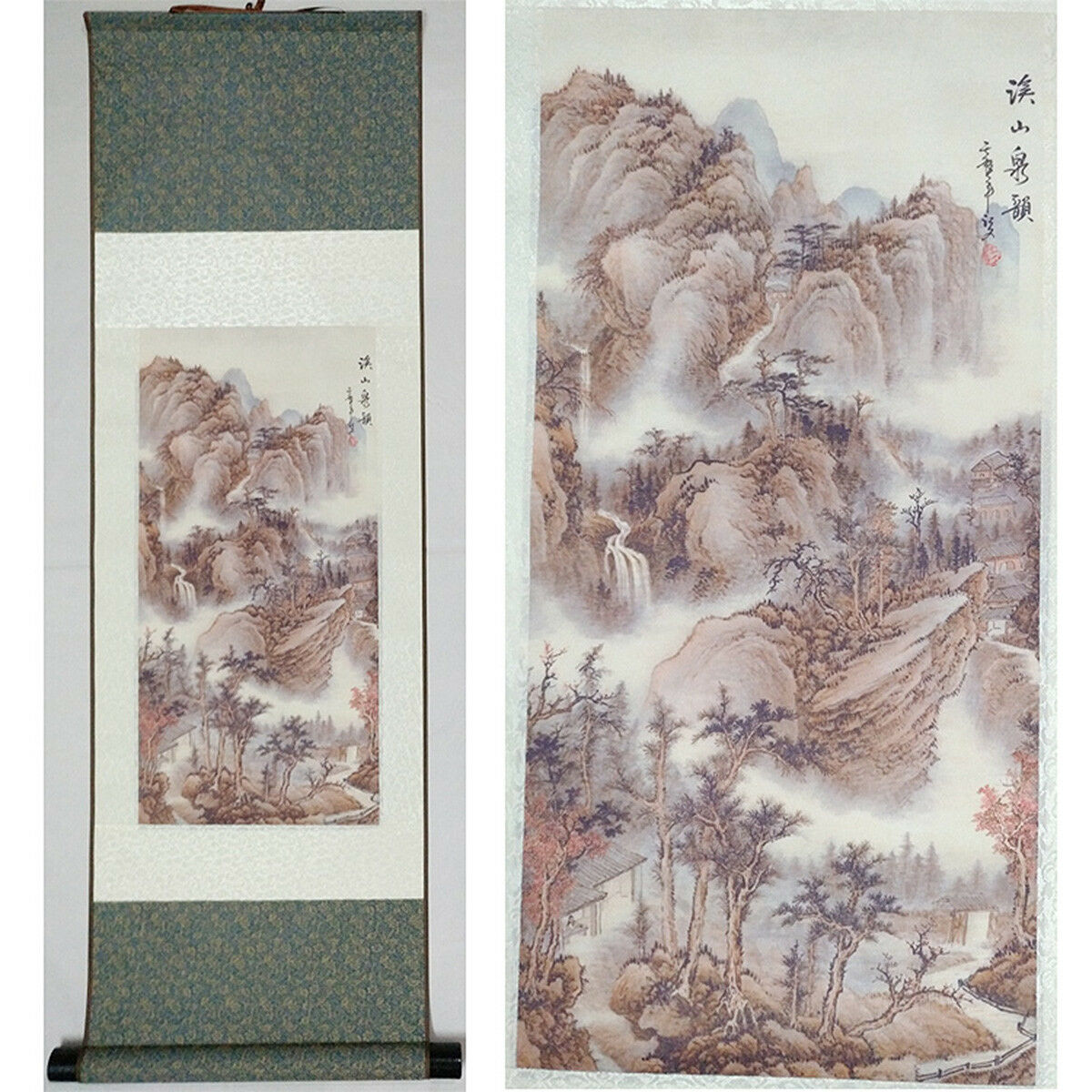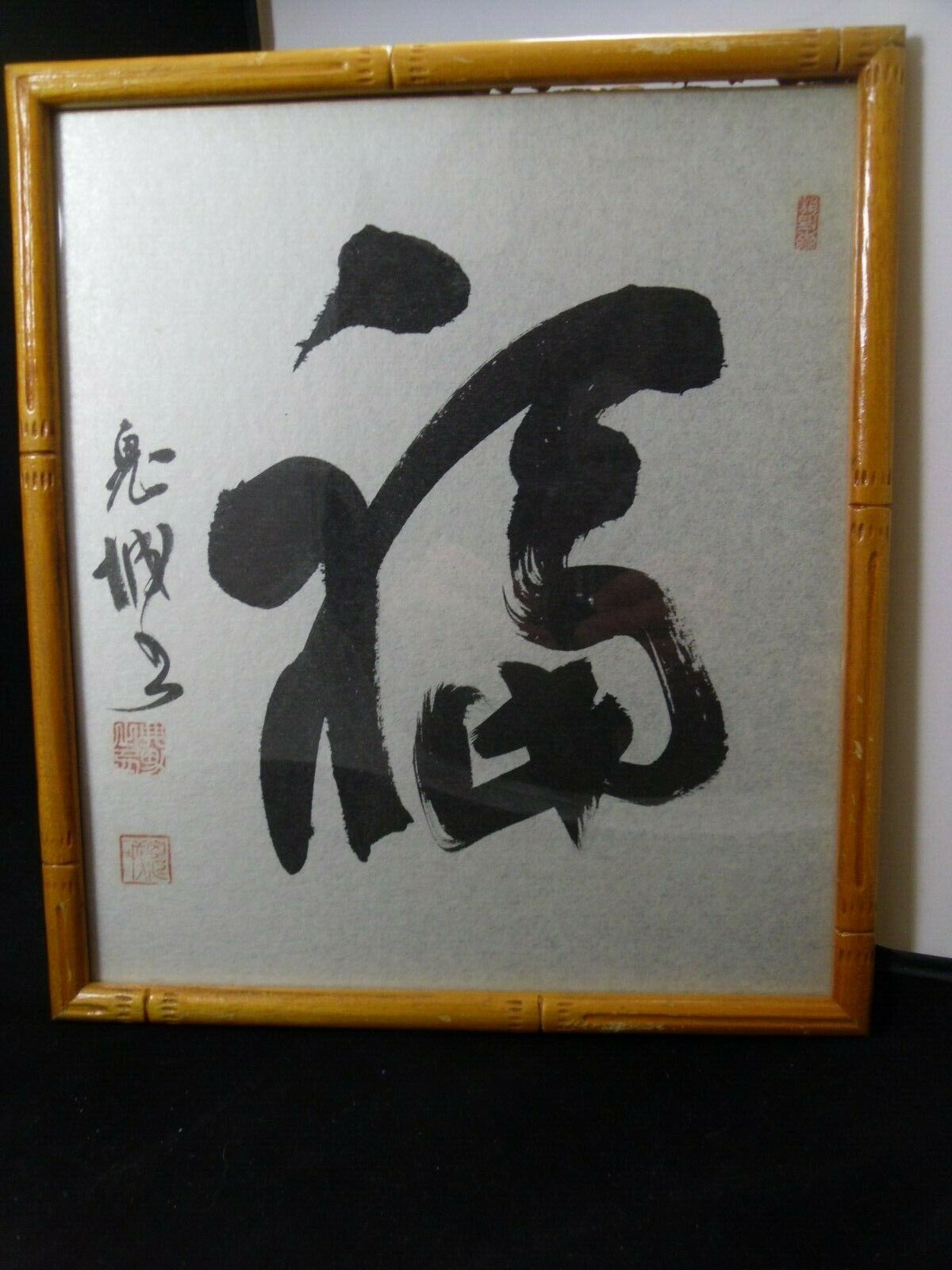-40%
Chinese painting scroll Beijing Palace Museum Along the stream by Tang Yin
$ 73.39
- Description
- Size Guide
Description
TAlong the stream
by Tang Yin
Ming dynasty
hand scroll Color , 84.3 x 159 cm,
Beijing Palace Museum
Tang Yin (1470
–
1524), courtesy name Tang Bohu , was a Chinese scholar, painter, calligrapher, and poet of the Ming dynasty period whose life story has become a part of popular lore. Even though he was born during the Ming dynasty, many of his paintings, especially those of people, were illustrated with elements from Pre-Tang to Song dynasty art.
Tang Yin is one of the most notable painters in the history of Chinese art. He is one of the "Four Masters of Ming dynasty” (Ming Si Jia), which also includes Shen Zhou (1427–1509), Wen Zhengming (1470–1559) and Qiu Ying (c. 1495-1552). Tang was also a talented poet, and together with his contemporaries Wen Zhengming, Zhu Yunming (1460–1526), and Xu Zhenqing, he was one of the "Four Literary Masters of the Wuzhong Region".
Tang's eccentric lifestyle has prompted storytellers to immortalize him as a trickster character in Chinese folklore. In one such story, he falls in love with a slave girl whom he glimpses on the boat of a high official passing through Suzhou. He has himself sold as a slave to the official's household so that he may approach her. With the help of his friends, he eventually succeeds in bringing her home. This story prompted the playwright Three Words by Feng Menglong and the opera The Three Smiles.
Tang
emerged from the vital merchant class of Suzhou, at a very low economic level of the son of a restaurant operator. Contrary to some accounts, he seems to have studied assiduously during his youth, paying little attention to the worldly charms. His genius, which would later gain him renown as the supreme talent of the Jiangnan area (Southern China), soon drew him into the wealthy, powerful, and talented circles of Suzhou. Wen Zhengming became his friend; Wen's father, Wen Lin (1445–99), acted as something of a patron, making the right connections for him.
He was a brilliant student and became the protégé of Wen Lin. His friends in Suzhou's scholarly circles included Shen Zhou, Wu Kuan (1436–1504) and Zhu Yunming. In 1498 Tang Yin came first in the provincial examinations in Nanjing, the second stage in the civil service examination ladder. The following year he went to the capital to sit the national examinations, but he and his friend Xu Jing (?- 1507) were accused of bribing the servant of one of the chief examiners to give them the examination questions in advance. All parties were jailed, and Tang Yin returned to Suzhou in disgrace, his justifiably high hopes for a distinguished civil service career dashed forever.
Denied further official progress, he pursued a life of pleasure and earned a living by selling his paintings. That mode of living brought him into disrepute with a later generation of artist-critics (for example, Dong Qichang) who felt that financial independence was vital to enable an artist to follow his own style and inspiration. While Tang is associated with paintings of feminine beauty, his paintings (especially landscapes) otherwise exhibit the same variety and expression of his peers and reveal a man of both artistic skill and profound insight.
Track Page Views With
Auctiva's FREE Counter
















